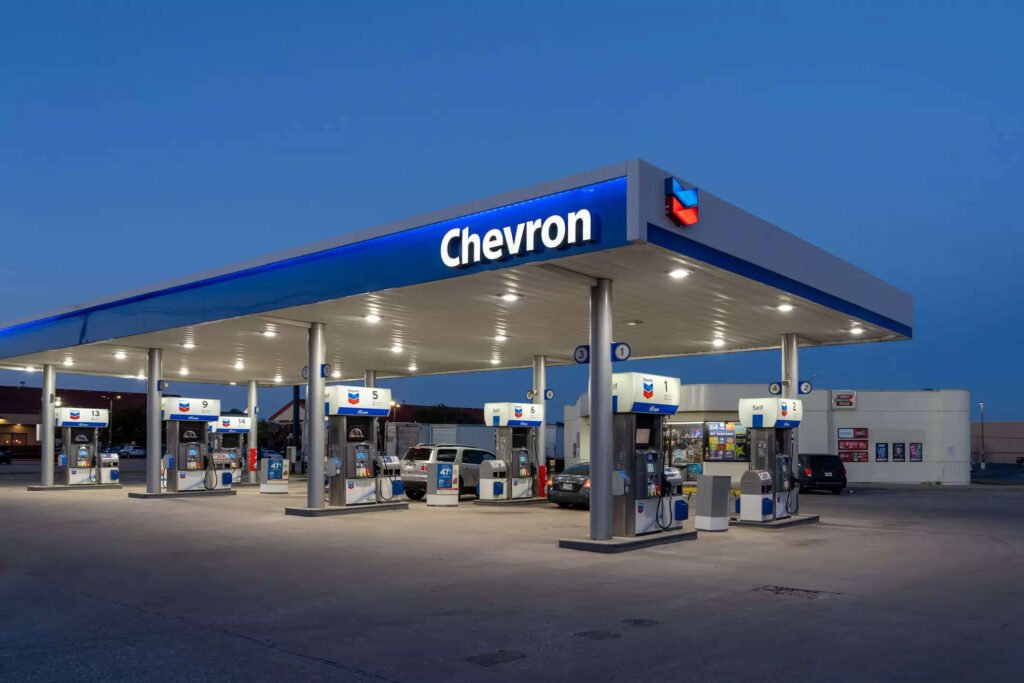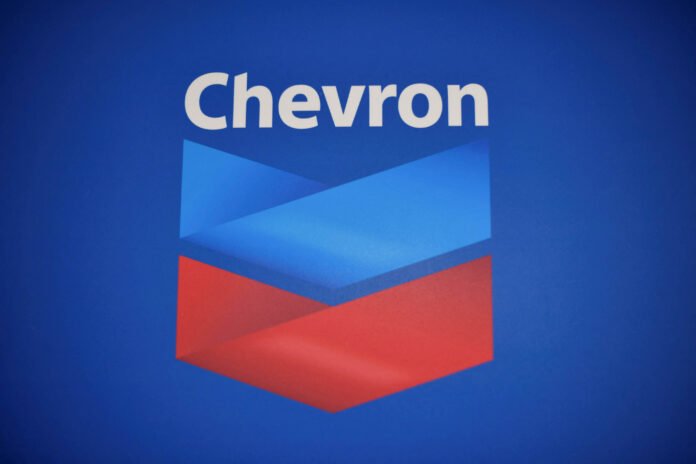Chevron (CVX), a major player in the energy sector, experienced a robust 2022, witnessing over a 50% increase in its stock amid the energy boom. However, 2023 saw a stark reversal, with Chevron’s stock plummeting by 20% due to declining oil and natural gas prices affecting industry profits. Investors now face the crucial decision of whether to consider Chevron a buy or sell.
In the latter part of 2023, Chevron, along with Exxon Mobil (XOM), engaged in significant mega-deals without accumulating additional debt. Exxon Mobil’s $60 billion acquisition of Pioneer Natural Resources and Chevron’s $53 billion purchase of Hess reinforced their positions in the energy landscape, particularly in the Permian Basin and offshore Guyana.

Despite the energy market’s challenges in 2023, Warren Buffett and Berkshire Hathaway reduced their holdings in Chevron. Berkshire Hathaway, holding nearly a 5.9% stake in Chevron, had initially amassed 167 million CVX shares valued at around $29 billion before the reduction.
2022 was a standout year for energy stocks, driven by global economic recovery and geopolitical events such as Russia’s invasion of Ukraine. Chevron, Exxon Mobil, and other energy companies recorded record profits as oil, gasoline, and natural gas prices surged.
However, Chevron faced a more challenging 2023 as oil markets reversed their upward trajectory. The drop in oil and natural gas prices impacted Chevron’s financial performance, leading to a 20% decline in its stock.
Looking ahead to 2024, Chevron plans to increase its capital spending, targeting global expenditures between $18.5 billion and $19.5 billion, an 11% rise from 2023. This decision follows significant acquisitions, including the $53 billion Hess deal and the $6.3 billion purchase of PDC Energy in 2023. Chevron anticipates maintaining capital spending between $19 billion and $22 billion annually through 2027.
Wall Street projects Chevron’s 2024 earnings at $14.46 per share, reflecting a 23% decrease compared to 2022, with sales dropping 15% to $201 billion. The company emphasizes capital discipline in both traditional and new energy projects, with a commitment to lower-carbon initiatives.
Analysts foresee Chevron’s production reaching around 3.55 million barrels of oil equivalent per day in 2024, a 14% increase from 2023 expectations. Chevron aims to achieve a 3% growth in total oil and gas production by 2027.
Despite a 45% decline in third-quarter earnings and a 19% drop in revenue, Chevron’s worldwide net oil-equivalent production increased by 4%, primarily attributed to the PDC Energy deal. Refinery product sales also saw a 4% uptick in the quarter.
The stock performance of Chevron witnessed a decline below its 200-day and 50-day averages in October, with a subsequent 23% drop. In November, CVX continued its downward trend, losing an additional 2%. The relative strength line, indicating CVX’s strength against the S&P 500, stands at a weak 23%.
Investors face the decision of whether Chevron stock is a buy at its current levels, considering the company’s strategic moves, spending plans, and the broader challenges within the energy sector.




